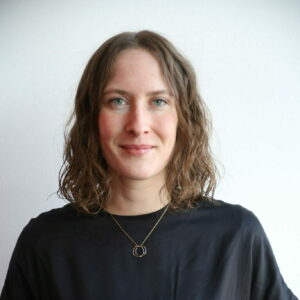In Germany, cars claim many thousands of square kilometres of street space for driving (and parking). The UBA project Measures for the Rededication and Redistribution of Traffic Areas (MUV) is exploring the potential for alternative uses of these areas. Researchers are analysing approaches to improve quality of life in cities by promoting active mobility and introducing ‘traffic calming’ measures that ease congestion and reduce the negative effects of vehicle traffic. Friederike Pfeifer, head of IKEM’s Mobility Team, talked to us about hurdles, best practices, and participation models.
When I heard about your project, my first thought was of neighbourhood festivals in car parks. But your plan probably goes a little farther than that.
That idea is definitely moving in the right direction! One of the topics we’re studying is new uses for vacant parking spaces, such as for parklets or other ‘street furnishing’ elements. Neighbourhood festivals are less our core area, but the project does look into short-term repurposing – for example, the creation of temporary on-street play areas and traffic trials.
IKEM focuses its work on the legal framework. What do you see as the biggest hurdles and opportunities there?
City planning and traffic planning are truly collaborative tasks. Without the participation of everyone involved, changes are difficult to implement. But a lot is happening right now, both in municipal administrations and in the legal framework itself. Still, there’s a need for adaptation, for example in Germany’s Road Traffic Regulations (StVO). For large-scale changes, such as the redesign of an entire city centre, the resources of the StVO alone aren’t enough – this is where city planning law plays a key role. There’s a lot of potential there.
Which approach do you find particularly exciting?
Our best practices are in Cologne, Dessau, Munich, Berlin and Potsdam. There are a wide variety of approaches. For me, the pop-up bike lanes in Berlin were especially exciting: it was really fun to cycle through the city and see the changes at the same time I was researching them for the project.
Are there participation formats for citizens, civil associations, companies and others to get involved?
Yes – and there are many different possibilities. In the Sendlinger Straße traffic trial in Munich, for example, we used various participation formats, like surveys or workshops, and then incorporated the results into our work. Today, Sendlinger Straße is a permanent pedestrian zone.
What were your main project milestones?
We’ve prepared three factsheets on international best practices that will be published soon: Oslo, Pontevedra and Barcelona. Among other things, they look at ‘superblocks’, neighbourhoods where car traffic has been reduced so that there can be more bikes and pedestrians as well as more recreational and play areas. At the end of the project, we’ll use these results to create guidelines for municipalities.
Interview by Leonie Tasse, IKEM Communications Team intern.




